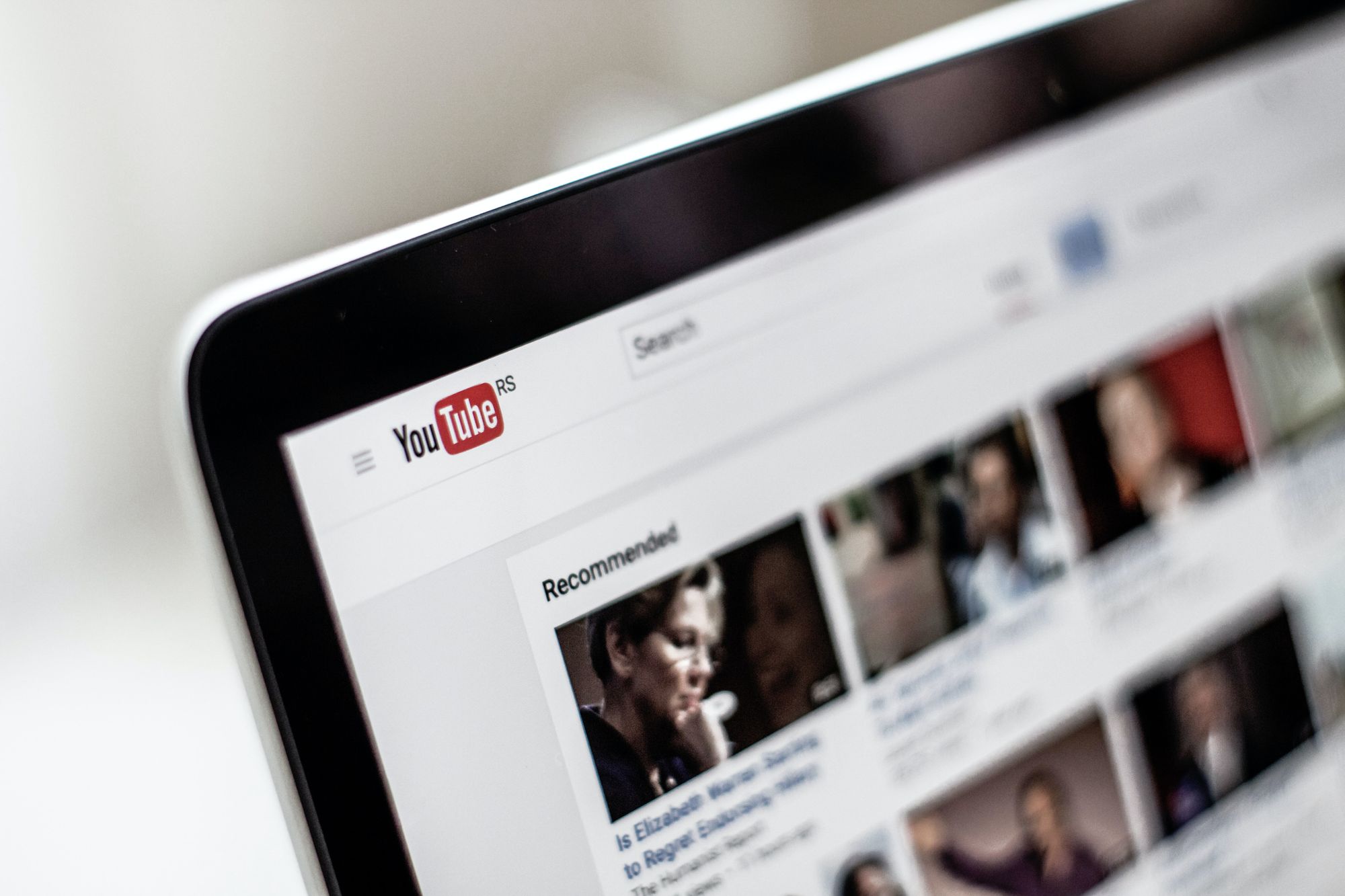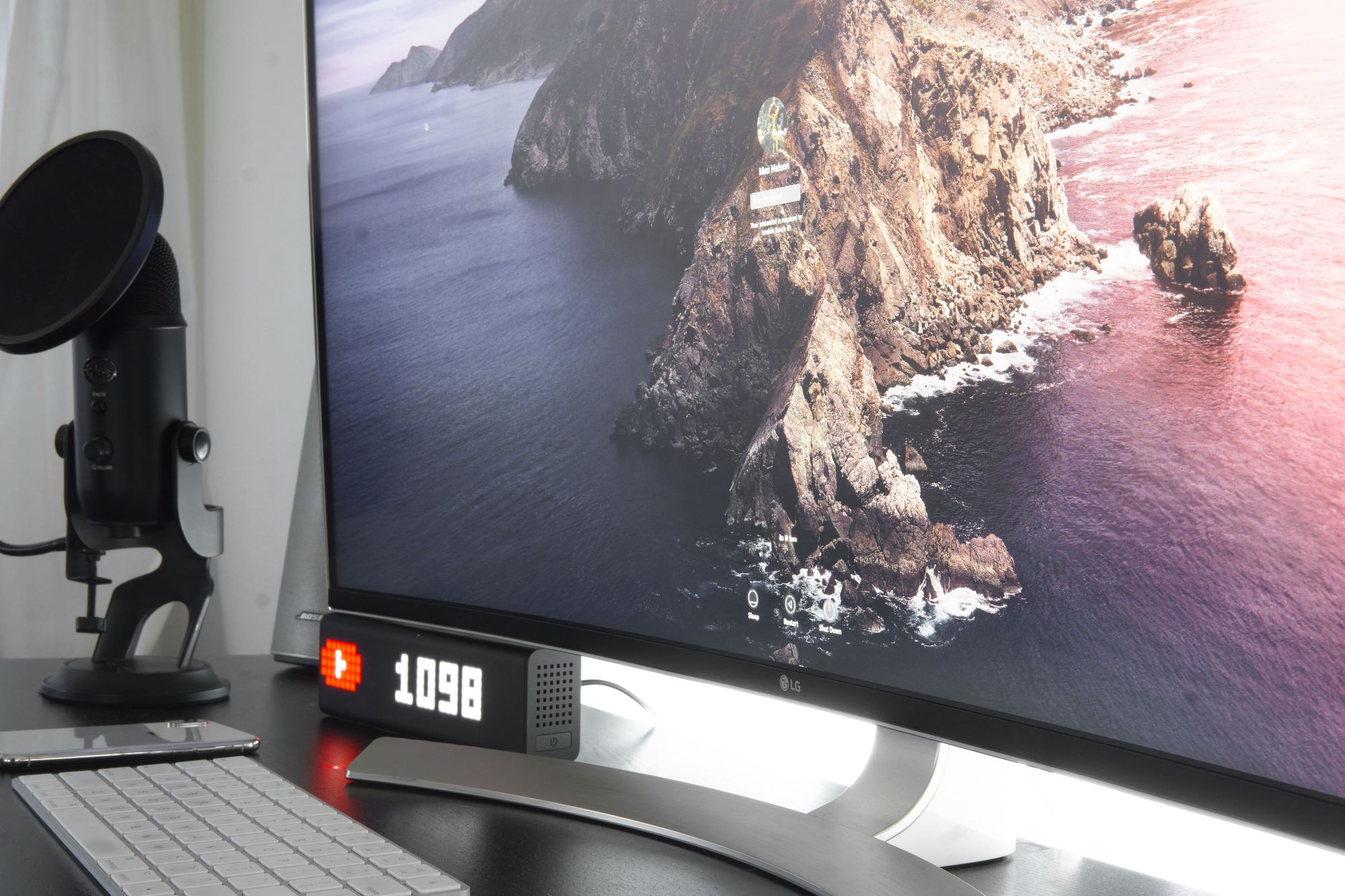How to Become a YouTuber – The Ultimate 10-Step Guide
Hire film gear from local filmmakers.

Hire film gear from local filmmakers.
The YouTube game has attracted inspired creatives for over 15 years, and the video-sharing platform doesn't show signs of slowing down in the foreseeable future.
If you have a passion for filmmaking, YouTube could be the perfect way to turn this into a career as a content creator. Many wonderful resources on the internet promise to teach you how to become a YouTuber. In our step-by-step guide, we'll explain all intricacies you need to know to get started and make a living as a YouTube content creator.
1. Plan your YouTube journey

Failure to plan is planning to fail. Before you start your journey of becoming the next great YouTuber, you'll have to take a seat and come up with a plan and vision.
Take your time on this step! Grab your comfort beverage, put on some relaxing music, and answer these questions:
What niche do you want to be in?
Choosing a niche makes it much easier to grow in a very competitive field. Do you have an interest, hobby, or expertise that you'd love to create content around? Whether it's fitness, comedy sketches, or tech reviews, picking a niche that's right up your alley will attract a relevant audience quickly.
What value will you provide?
Generally speaking, viewers only volunteer their precious free time to gain something in return. The most common value of YouTube videos is usually entertainment or education. Try to answer the question unbiased: if you were a stranger, would you watch and enjoy the content you plan on creating?
What topics will you cover?

Once you've picked your niche and thought about your value, now it's time to get down to specifics. Map out and organize the topics relating to your niche, and come up with some specific video ideas.
While you don't need to have your content planned for the next year, knowing where to get started will get your further than you think. Start with core topics, and diversify or expand them later.
For inspiration, take a look at current trending videos in your niche, or explore Reddit to find out what's making the biggest buzz at the moment.
Who is your target viewer?
Let's face it, even if you learn everything there's to know about how to become a YouTuber, you won't get far without viewers.
Who is the person your content will attract? Try to image the type or types of person that you're content is interesting for. What are their problems? What are their aspirations? Catering to them is the best way to build an audience.
2. Set up your channel
Once you have a roadmap, it's time to set up the channel your viewers will land on. You gotta make a great first impression! But first, there are some tough choices to make your channel catchy, unique, and recognizable.
Setting up your channel is pretty straightforward. You'll need to pick a channel name, first of all. This can be your own name, a business or brand name, or really anything else! Just make sure your name is not offensive or problematic, and it's something that people can associate with you.
Besides a brand name, you'll need channel art for your banner, a profile picture, and possibly a welcome video. Setting these up can be key to creating the consistent brand image you're going for – thereby impressing anyone visiting your site for the first time.
Don't forget that YouTube is ultimately a visual medium. Take the time to make or commission channel art you're really proud of.
3. Get the right equipment

The right equipment can make a big difference when it comes to high-quality visual and audio content.
What do you really need to create a YouTube video? Really not that much!
Even your smartphone can double as a recording device especially in the early days of your YouTube career. You will need access to editing software, and of course, an internet connection.
If you're looking for a bit more creative control and crisp image quality, you'll want to look into a great camera for YouTube. Cameras like this are usually high-resolution, somewhat compact devices. They either have great in-built audio, or you can get an external microphone as well.
Great camera equipment doesn't have to break the bank – if you're looking to trial some equipment, consider renting a camera for YouTube, or subscribing to one.
If you're really angling for a professional look, you can also invest in great lighting for YouTube videos and audio equipment.
4. Implement a winning strategy

You have your plan, your channel, and the right equipment. What's next? Coming up with a winning strategy!
Utilizing YouTube SEO best practices will make sure more viewers can discover your videos. There are many aspects of your channel and videos that can be optimized to get more views on the platform.
Utilize your keywords
If you want to work with YouTube SEO you must understand the concept of keywords. Every time a search is made by a visitor, YouTube's algorithm tries to present the best results on the platform.
How does YouTube know what results suit every search? Keywords!
Using specific words and terms in your video's title, tags, and description helps the platform understand the topic of your content. Then the algorithm factors in metrics like your subscribers, viewers, and engagement.
If you want to rank for a certain query, using your keywords a few times in a natural manner is a must. Include them early on in your video title, and definitely in your description.
YouTube SEO tools
There are handy plugins out there like Tube Buddy and VidIQ that help with researching tags, provide suggestions for improving your SEO efforts, and even give you information about what your competitors are doing for inspiration. Worth checking out!
Create catchy thumbnails
One of the factors the algorithm considers is the click rate of your videos. This percentage tells you how many of the people scrolling by stop to view your video. The higher the percentage, the better you'll rank, so you better get people clicking!
Thumbnails have the biggest impact on your video's click-through rate. Luckily, making them eye-catching with graphic design programs is more accessible than ever. Include the title in an easily legible font and your logo. Faces in the thumbnail perform well too since people naturally tend to focus on eyes.
5. Invest time in your skills

Every skill, may it be talking in front of the camera, graphic design, or editing, takes time to develop. Be prepared for committing to the learning curve. It might be difficult, especially in the beginning, but the more you invest, the more you'll get out of it.
While you'll definitely learn as you go, consider taking a free online course in certain production skills to get ahead faster. If you have a specific time set aside every day or week for honing your skill, you'll make sure that other things in life won't take priority.
6. Create content!

When it comes to creating content, the key is to get started!
If you're looking for inspiration, research your competition, without copying them, of course. Look for ways to create something that is similar but different, or better yet, similar but better. Keep in mind the value viewers get for spending their time on your video.
Get to the point of your video quickly, and don't save the best for last! You want to captivate as much of your audience as possible, and not give them the chance to get bored before finding the answer to the questions you've posed.
Make good use of the principles of filmmaking when you're telling a compelling story. Work on your composition and angles to achieve a pro cinematic look that would put most professionals to shame. Want to learn how to do that? Read more about cinematography here.
Ask yourself: would you enjoy watching this video? The ultimate goal with all your content is to make an enjoyable viewing experience, so if you wouldn't have fun then others likely won't either.
7. Stay consistent
Consistency will keep your audience coming back.
Having a reliable upload schedule and consistent messaging will quickly turn your viewers into subscribers, who know what to expect. Your branding should stay recognizable and predictable as well - that's the way to get noticed!
Word of caution for planning your upload schedule. Make sure you set manageable goals for yourself – especially while you're still learning how to become a YouTuber! Test how long creating a content piece actually takes on average before you commit to 20-hour workdays or a full day of editing every daily vlog.
No matter how much planning and strategy you use though, you'll need patience when it comes to making it big. Viral sensations are rare by definition, and most successful YouTubers spend months or years improving their skills and content before they pick up serious traction.
The truth is that the longer you keep at it, the better you'll be. Your chances of getting discovered will improve.
8. Leverage your analytics

Would you buy your expensive camera equipment based on a gut feeling? Go with the flow when it comes to filling out your annual tax reports?
Ideally, the answer to both these questions is no.
Using data is the only surefire way to know what your audience loves or hates. YouTube Analytics provides information on your viewers' demographics, their watching behavior and so much more.
Check your analytics habitually to learn how to become better at the YouTube game and make micro-adjustments based on what resonates best with your audience.
9. Build engagement
Being a YouTuber is more than producing quality videos, uploading them, and hoping for the best. You need to build your community!
There are a few different tactics when it comes to building engagement and loyalty.
Asking questions, doing livestreams, or Q&As are all good ways to get close to your viewers on a more personal level. Engage on all social media platforms and link between them for seamless integration. Promote every video on your socials to reach a wide audience.
Keep up to date with what they talk and care about, and give your two cents when you're informed enough to give an interesting take while remaining respectful.
10. Make money!

You've put in the work, built up an audience and you don't plan on slowing down. What now? If you want to treat YouTube as a full-time career and you're not the sole heir to some obscenely rich oil magnate, you might want to look into how to make money on YouTube.
There are many ways to set up revenue streams, such as:
- YouTube ads
- Affiliate marketing
- Sponsorship
- Selling your own products, like merch
- Speaking at events, or going on tour
- And more!
You don't need to confine yourself to one source of income either, it's a great idea to rely on multiple revenue streams. We'll break down the most common ways of making money on YouTube.
YouTube Ads
YouTube Ads are an obvious choice if you want to make money with your videos, but don't get over-eager. YouTubers usually make around $0.01-$0.02 per view, so it's not easy to build your retirement fund on ad revenue alone.
Before you start making any money, you also need to qualify for the YouTube Partner program. To apply you'll need a minimum of 1000 subscribers, 4000+ hours of watch time in the past year, and an AdSense account.
If you meet the requirements, there's no reason not to become a YouTube partner, but if you dream of big bucks as a content creator, you're going to have to look into other income sources too.
Affiliate marketing
Affiliate marketing is an agreement with certain brands to promote a product in return for a percentage of product sales. Simply put, if a beauty influencer promotes a palette and you buy it through the link they provided, they get some money from that sale.
If you're considering affiliate marketing, make sure you choose brands that fit your niche well. This way brands can reach out to a relevant audience, and you're not confusing your viewers by promoting an online streaming service on your cooking channel.
Sponsorships
Once you've built a sizeable audience, you might be approached by brands to promote and talk about their products in your videos. Sponsorship deals tend to be lucrative but make sure you always know what you're agreeing to when signing a contract. (That's just good general life advice.)
Don't alienate your subscribers and viewers by promoting low-quality or problematic products. Build trust by being picky about the sponsor deals you accept, and your value for new brands will increase as well.
Merchandise or other products

If you want to take charge of your revenue and not share the profits with anyone, selling your own products can be a great option.
Through consistent branding efforts, you can create products that are unique and recognizable as your own. Selling quality clothing or accessories that are branded can make you money while helping to build a loyal community dedicated to you. Beware of low-quality merch though! It's very easy to break the trust of your subscribers.
Things to spend your money on
While most creators won't struggle with trying to come up with ways to spend money, as a professional YouTuber you should consider reinvesting a part of your income.
Upgrading your gear, employing and building your team, or participating in relevant events like VidCon can be a great investment that increases your revenue later.
What's next?

Now that you know how to become a YouTuber, you need to commit to the journey and commit wholeheartedly.
While being a successful YouTuber comes with loads of perks like working on your own schedule and meeting amazing people with the same interests, it certainly takes hard work and dedication.
If you want to learn more, check out our YouTube equipment guide, the best lighting for YouTube, or learn how to become a better filmmaker.
How do I become a YouTuber?
To become a YouTuber, you'll need to find your niche and plan your content first. Having the right equipment and strategy in mind, you can create high-quality content with the best YouTube SEO practices. Engage with your audience and build your community!
How do I earn money as a YouTuber?
There are many ways to make money once you've learned how to become a YouTuber. AdSense, affiliate marketing, sponsorships and merch are the biggest available revenue streams.
Is it hard to become a YouTuber?
Not at all! With some planning and dedication, you could get started tomorrow. The earlier you do, the earlier you can make it. Just don't quit your day job immediately.
How much do YouTubers earn?
It really varies how much YouTubers can earn, but there ad revenue is usually somewhere around $0.01-$0.03/1000 views.





















